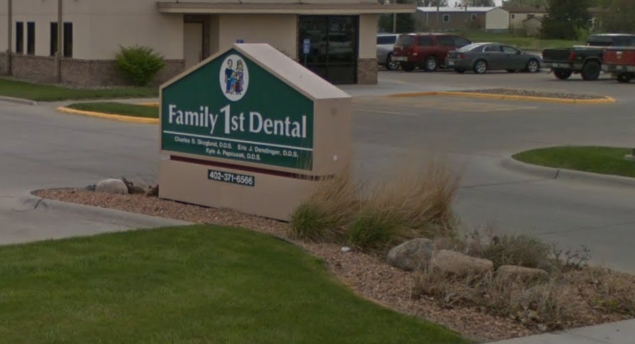
We are excited to show you the difference dental innovation can make on one of your greatest personal assets, your smile.
A smile is one of our greatest personal assets; it is a reflection of happiness and good health. Yet many people avoid smiling because they are concerned about the condition of their teeth. Proper dental care is critical to preserving and, when necessary, restoring your unique smile. And now, thanks to recent innovations in dentistry, proper dental care does not have to take away from your schedule.
The dental profession is evolving, and so should your experience. New technology helps diagnose problems earlier, allowing dentists to treat problems sooner and with less invasive techniques. Our practices offer the latest in comfortable, convenient dentistry.
Technology today is changing our everyday lives. Many people; however, are not aware that technology also is impacting dentistry in new and exciting ways. Cutting-edge innovations in dental instruments are requiring less time in the dental chair, causing less discomfort and creating satisfying results. One breakthrough instrument, called CEREC®, allows dentists to quickly restore damaged teeth with natural-colored ceramic fillings, saving patients time and inconvenience.
What is CEREC?
CEREC is an acronym for Chairside Economical Restoration of Esthetic Ceramics. Translated, it means that a dentist can economically restore damaged teeth in a single appointment using a high-quality ceramic material that matches the natural color of other teeth.
How does the instrument work?
CEREC uses CAD/CAM (Computer Aided Design/Computer Aided Manufacturing) technology, incorporating a camera, computer and milling machine in one instrument. The dentist uses a special camera to take an accurate digital image of the damaged tooth. This optical impression is transferred and displayed on a color computer screen, where the dentist uses CAD technology to design the restoration. Then CAM takes over and automatically creates the restoration while the patient waits. Finally, the dentist bonds the new restoration to the surface of the old tooth. The whole process takes less than a few hours.
What does this innovation mean for a patient?
A tooth-colored restoration means no more silver fillings discoloring smiles. The crown is natural-looking, compatible with tissue in the mouth, anti-abrasive and plaque-resistant. Dentists no longer need to create temporaries or take impressions and send them to a lab. Because of this, the traditional second visit to cement a lab made restoration has been eliminated. CEREC has two decades of clinical research and documentation to support the technology. The restorations have been proven precise, safe and effective.
How can I find out if this is an option for me?
To find an office nearest you who is practicing the newest, patient-focused dentistry, please visit our locations page. Link to our location page. We will be happy to answer your questions on this new technology.
Explore our Dental Services
Visit Our Norfolk Dental Office
Dentist Norfolk

Norfolk Location
2104 Taylor Avenue,
Norfolk, NE 68701
(402) 371-6566

Our Dental News
Dentist Norfolk
Effective Prevention for Healthier Smiles | Dentist Near Me
Tooth decay is the most common chronic disease among children and adolescents. Shockingly, about a quarter of children and over half of teens are affected by it. The Centers for Disease Control and Prevention (CDC) also reports that 90% of […]
Learn MoreCreating a Healthy Smile for Life | Dentist Norfolk
Good oral health is an essential part of overall well-being. At Family 1st Dental, we understand the importance of instilling good oral health habits in children from a young age. As your trusted dentist in Norfolk, we’re here to guide […]
Learn MoreExploring Acid Levels and Tooth Decay: Insights from Your Norfolk Dentist
The balance of acid levels in your mouth can significantly impact your susceptibility to tooth decay. When acid levels are too high, they weaken tooth enamel, paving the way for cavities. Conversely, when acid levels drop too low, it can […]
Learn More


